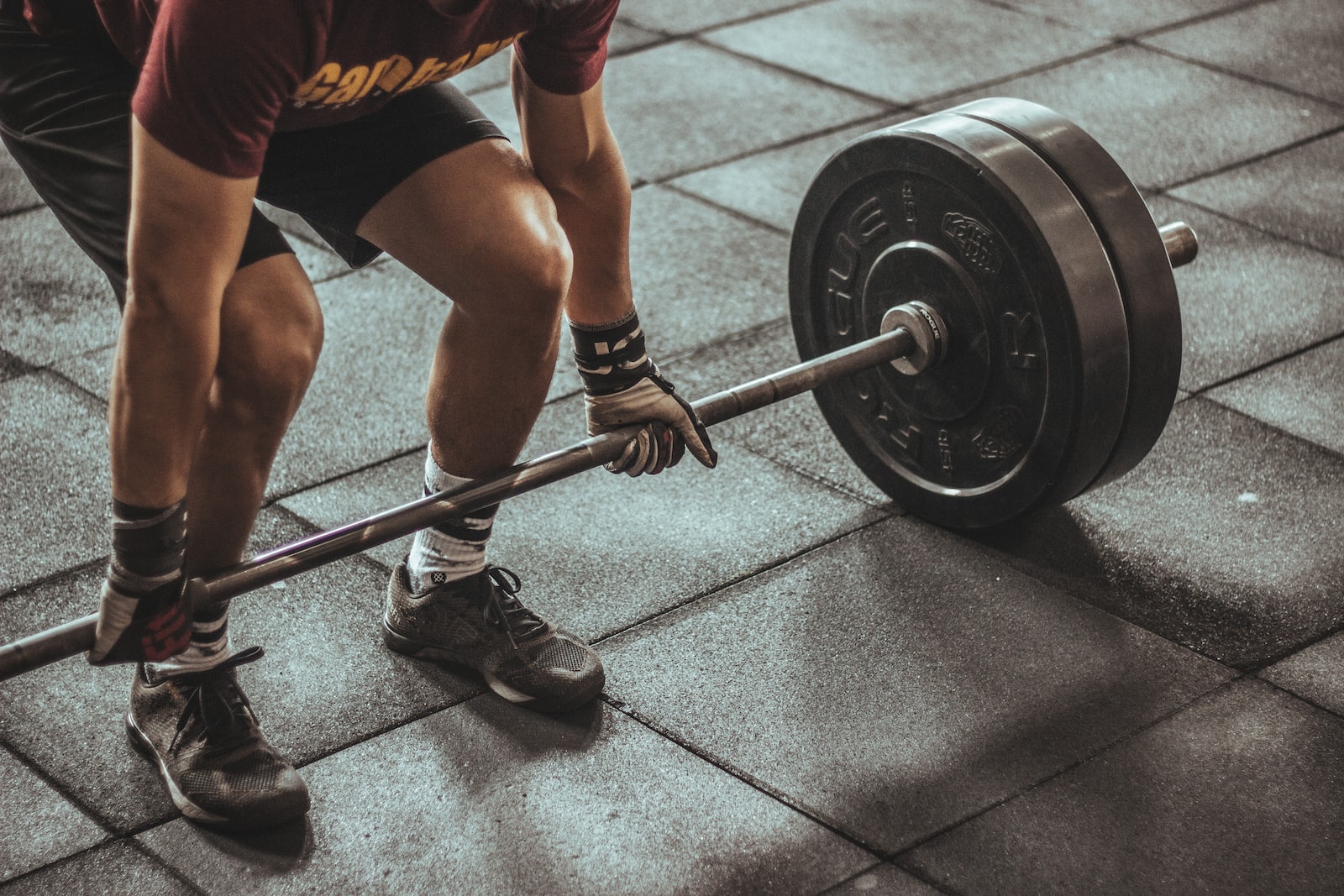What Type Of Strength Training Works Best For Runners?

Runners are near legendary for their aversion to strength training. Many successful coaches and athletes in the past made a point to avoid strength training. Moreover, it can sometimes seem like it’s just one more thing to add without any measurable benefits.
The philosophical debate over the place of strength work (especially heavy weight training) has gone on for quite a while, and it’s spurred a range of research on the topic. Luckily, we now have the research on how strength training can help you improve your running. More importantly, we even know what type of strength training will work best.
Let’s dive into some of this research…
Results of light strength work on running performance
In Sato and Mokha’s (2009) study, 28 recreational runners with 5k PRs just under 30 minutes were divided into an experimental and control group. During the six week experiment, both groups continued their normal training routines, but the experimental group was given a set of five exercises to be performed four times a week in 2-3 sets of 10-15 repeats each.
The exercises—crunches on an exercise ball, back extensions on an exercise ball, opposite arm-leg raises while lying on the stomach, hip “bridges” on an exercise ball, and “Russian twists” (twisting the torso side-to-side while in a sit-up position) on an exercise ball—were all targeted at the hip and torso muscles, which are thought to contribute to stability while running. The researchers hoped that strengthening these muscles would lead to better running form and a performance boost to boot. Interestingly, the exercise program did not lead to improvements in running form but did lead to a moderate improvement in running performance.
The experimental group dropped their 5k time by 47 seconds, while the control group only improved 17 seconds. An astute observer might question whether the performance boost was simply due to the recreational runners taking on more training and achieving better general fitness instead of a running-specific improvement. If this is the case, perhaps any physical intervention (moonlighting as a bricklayer, for example) would improve running performance for recreational runners.

Strength work plus additional training
This was one question addressed in a 2010 study by Alexander Ferruati and his colleagues at Ruhr University in Germany. Twenty-two recreational runners (no information was provided on their race times, but their normal training consisted of about 40min of running per day) were split into two groups. Both groups added a 9-mile “tempo run” at about 5-10% slower than marathon pace to their weekly training schedule, but the experimental group also added two strength sessions: one targeting the upper body, and one targeting the lower body. Each session had five exercises, most of which were done on health-club style weight machines.
While both groups improved their fitness over the eight-week study and the strength group became significantly stronger, neither group was better off than the other. The strength training did not noticeably affect running economy or oxygen intake.
While Ferruati’s study seems to be a tough blow to proponents of strength work, it deserves a second look. Runners rely primarily on their legs to propel them, and Ferruati et al. had their subjects doing only one session of leg strength a week.
Leg strength training for runners
A 2008 study by Øyvind Støren and coworkers in Norway examined a more rigorous program focusing on raw leg strength. Støren’s protocol was four sets of four half-squats with a barbell, three times a week with three minutes of recovery, with nearly the heaviest weight the subjects could manage.
Seventeen runners (nine men and eight women) with 5k bests in the 18:40-range partook, with nine in the experimental group and eight in the control group. All of the subjects carried out their normal training during the eight-week study and underwent the usual battery of physiology tests before and after the study.
The results stand in contrast to Ferruati’s study: Støren’s subjects displayed no increase in oxygen intake but a 5% increase in running economy and a startling 21% improvement in a treadmill run to exhaustion at somewhat faster than 3k race pace vs. the control group, who had no improvement on either mark. Støren et al. chalk up the improvements to increased muscular efficiency.
The runners who completed the half-squat protocol not only became stronger but also more powerful—they were able to generate force much more quickly after the strength program. The researchers proposed that this allowed them to have a “quicker” stride and save energy while running.
Strength training and elite runners – does it work
Still, one criticism remains: is this sort of training useful for someone whose body is already developed to a very high level of fitness? Physiology studies on elite athletes are notoriously difficult to find since elite runners are exceedingly picky (and rightfully so!) about their training. Fortunately for us, one extraordinary study by Philo Saunders and his coworkers at the Australian Institute of Sport managed to round up fifteen elite runners and have seven of them undergo a nine-week explosive lifting and jump training program. All of the runners had 3km PBs around 8:30 (equivalent to well under 15 minutes for 5km) and six of them had competed internationally.
Accordingly, the strength program they did was fairly comprehensive: three sessions a week, split between gym exercises like the leg press, hamstring curls, and back extension, and outdoor sessions are done on grass consisting of bounding, skipping, double-legged hurdle jumping, and scissor jumps. As usual, both groups continued with their normal training.
At the conclusion of the study, the strength program group displayed a 4% increase in running economy at fast speeds and a smaller, non-statistically significant increase in running economy at slower speeds vs. the control group. Just like in Støren et al., these elite runners also were able to generate force more quickly, which probably accounts for their improved economy.
What you can take away from this research on strength training
In summary, it seems that the benefit of strength training for the distance runner hinges on the intensity and frequency of the exercises as well as the type of strength work being done.
A moderate, once-a-week excursion to the gym to use a few weight machines is unlikely to result in significant gains.
Yet, a more intense program focusing on an effective, targeted, running-specific strength routine is a great idea for runners of all fitness levels.
Light weights are unlikely to benefit you as much as heavier/maximal weights when it comes to improving performance.
Send us a message or leave a comment and let us know if you have any questions! We all have our own thoughts on the matter, and we all have something different that suits us.
See what’s up next week for our #RunFormFriday tip! For a more in-depth understanding of how to put this into practice, get in touch and we’ll see how we can help!
